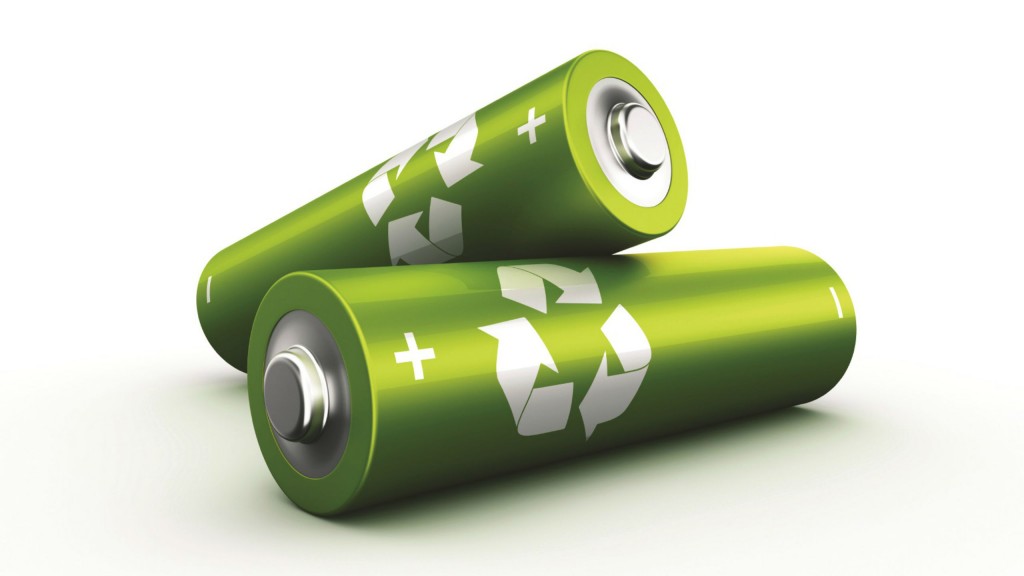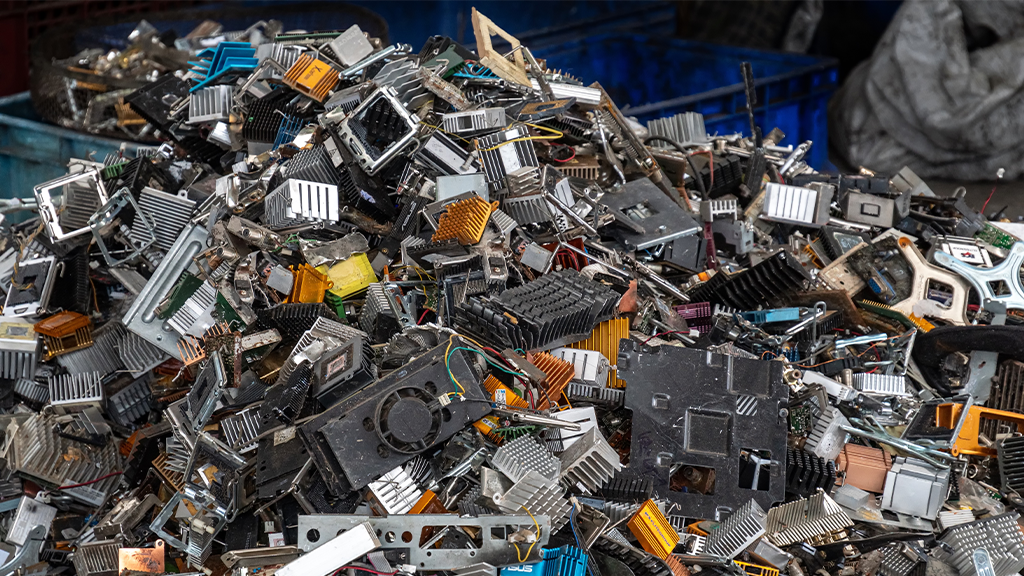Battery recycling creating currents across corporations
Air Canada leading the way and working towards less waste through partnership with Call2Recycle

In today’s connected world, batteries are as indispensable to our business lives as they are to our personal ones. Increasingly, companies rely on mobile technologies and battery-operated tools and equipment to conduct business. Battery power offers an invaluable convenience and efficiency, but the question often arises as to what to do with them when they reach their end-of-life.
Electronic waste is dramatically outpacing other waste streams in growth, and often discarded along with the laptops, cellphones and computer mice we rely on are the batteries that operate them. Batteries left in landfills pose possible hazards to soil and water resources while depleting renewable materials – including copper, aluminum, nickel and cobalt – that can otherwise be used to create new products.
Responsible recycling for businesses
Businesses are facing increasing pressure internally and externally to actively curb the trend of landfilling valuable e-waste, and to demonstrate their commitment to environmental sustainability. As more corporate leaders make sustainability a priority, managers are charged with finding opportunities to reduce their organization’s environmental footprint. Many have found an answer in Call2Recycle’s battery recycling program.
Call2Recycle partners with municipalities, retailers, environmental organizations and other businesses to operate a network of 8,000 battery collection sites across Canada. The program is free for participants and consumers and ensures batteries are collected safely and responsibly at the end of their life. Call2Recycle’s goal is to divert as many batteries from landfills as possible. Since 1997, the organization has diverted more than 45 million kilograms of batteries and cellphones from North America’s waste steam. These reclaimed materials can be used to create new products such as golf clubs, electronics, concrete aggregate, pots, pans, and new batteries.
Air Canada takes charge
Like many businesses, Air Canada has added battery recycling to its sustainability mix, as part of its effort to leave less and do more – meaning less carbon, less noise and less waste. Air Canada’s successful partnership with Call2Recycle has helped the company take measurable steps toward achieving this goal.
With 28,000 employees and 38 million passengers per year, portable technology is critical to Air Canada’s operations.
“Batteries run our power tools, flashlights, mobile devices and more,” says Chelsea Quirke, Air Canada’s environmental waste programs manager.
Since joining the Call2Recycle program in August 2015, Quirke says Air Canada has collected more than 1,500 kg of used batteries – more than the weight of an adult elephant. What is the secret to their success? Air Canada has adopted several best-in-class practices to ensure their Call2Reycle program is as successful and rewarding as possible.
Recycling best practices recipe for success
Prominence
Air Canada concentrates on making their Call2Recycle boxes as visible as possible.
“We have about 45 locations – including offices, call centres, warehouses, hangars and airports – in 15 different cities across Canada. We use the Call2Recycle boxes in all of them,” says Quirke. She adds that the Air Canada team carefully considered factors such as traffic patterns, how and where the boxes would be transported, and the aesthetics of the area.
Monitoring Logistics
As a business that relies on scheduling and precision, it is no surprise that logistics are a priority for Quirke.
“We struggled at first to make sure we had the right number of boxes in the right locations with replacements arriving at the right times. Some operations, like Toronto, were recycling batteries a lot faster than we anticipated, while other more remote locations were slower. Every location is unique.”
Monitoring the program is an equally important practice for Air Canada. Quirke notes that it is important to understand the fill pace of the boxes, so they can be replenished on time.
She also credits Call2Recycle’s boxin- box replenishment program, which delivers two nested boxes together, with saving on storage space and stocking time.
Program Champions
Quirke emphasizes the importance of having program ambassadors and monitors across the organization. With their support she doesn’t need to oversee the program at each location.
“I also encourage locations to call Call2Reycle Customer Service directly to ask for boxes or resolve other issues they may have,” she says. Call2Recycle customer service representatives support partner inquiries as well as consumer questions about battery recycling and drop-off locations.
Convenience and Simplicity
A key to the success of Air Canada’s program is how it encourages employees to recycle their batteries from home. Many consumers hold on to used batteries – only 10 to 12 percent of the 70 million pounds of batteries sold in North America each year end up recycled. Providing an at-work battery recycling program offers convenience and simplicity for employees, and has helped boost participation in Air Canada’s program.
According to Quirke, as governments and consumers continue to exert pressure on businesses to demonstrate sustainable practices, battery recycling will become a business imperative for all.
“At Air Canada, we envision a future in which recycling batteries will be as seamless and integrated as recycling paper, plastic and aluminum.”


